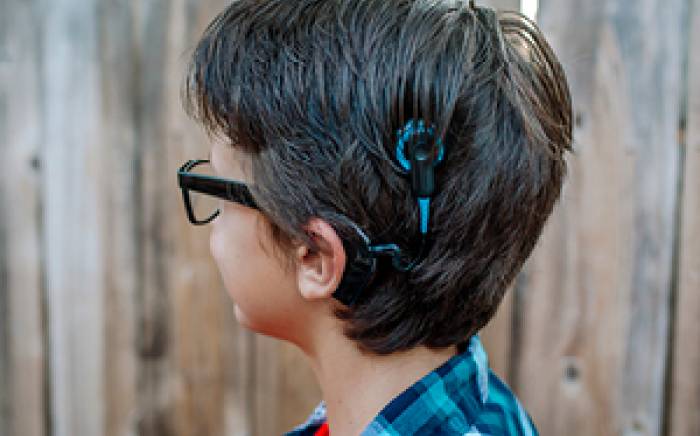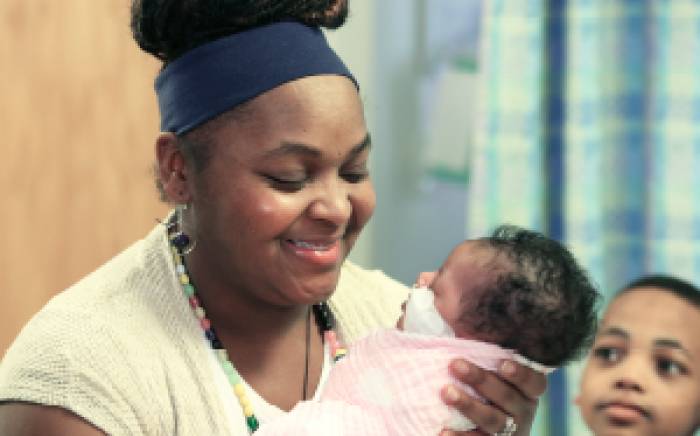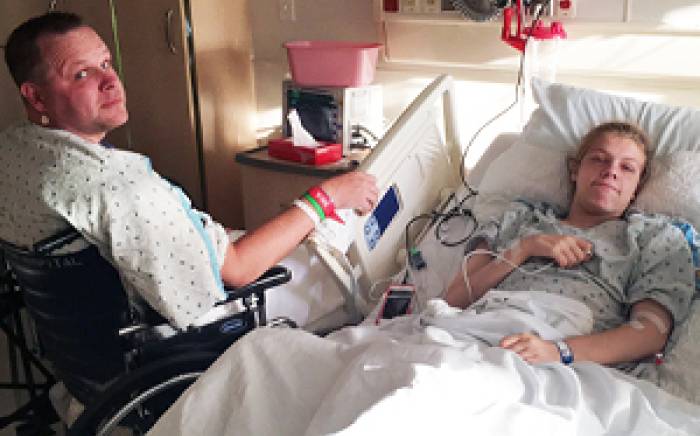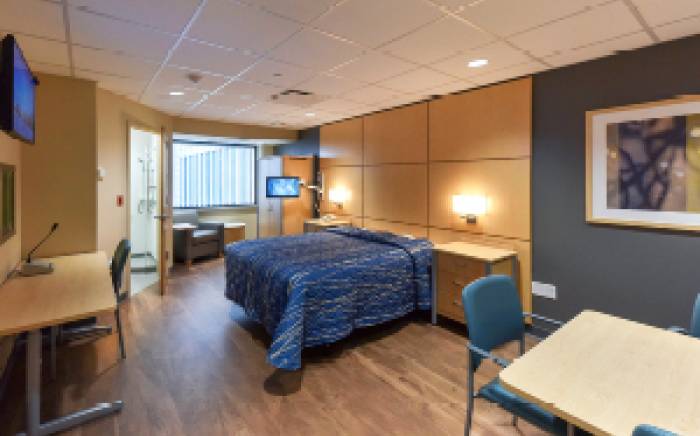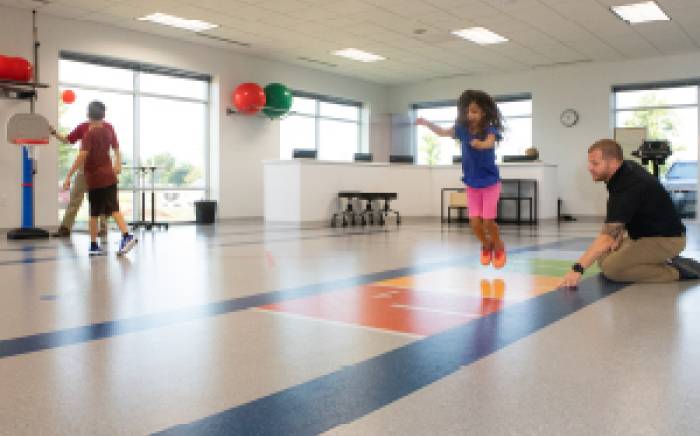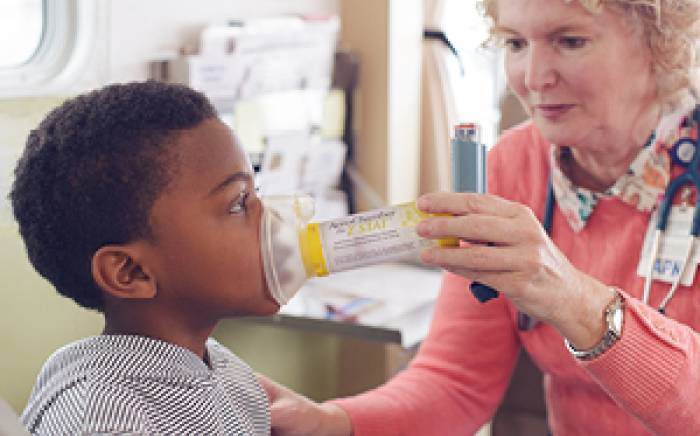There is growing recognition that as many as one-third of children who develop cancer have a predisposition based on a variety of criteria. Those include:
- Genetic syndromes or a known family history of them
- Birth defects
- Strong family history of cancer
- Multiple cancers in one individual
 “Advances in genomic medicine have shown that certain childhood cancers are related to specific inherited genetic variations. Some of these same genetic changes also may cause other physical or developmental differences,” says Todd Druley, MD, PhD, Washington University pediatric oncologist at St. Louis Children’s Hospital. “When grouped together, these variations are considered to be a cancer predisposition syndrome.”
“Advances in genomic medicine have shown that certain childhood cancers are related to specific inherited genetic variations. Some of these same genetic changes also may cause other physical or developmental differences,” says Todd Druley, MD, PhD, Washington University pediatric oncologist at St. Louis Children’s Hospital. “When grouped together, these variations are considered to be a cancer predisposition syndrome.”
Washington University physicians from pediatric genomic medicine and pediatric oncology recognized that identifying at-risk children through genetic testing and diagnostic screenings could increase the likelihood of early detection and treatment. As a result, they established the Pediatric Cancer Predisposition Program at St. Louis Children’s Hospital and Washington University School of Medicine.
One of few in the country, this program offers:
- Comprehensive coordination of care that features a multidisciplinary team approach
- State-of-the-art medical care, genetic testing and counseling
- Psychosocial support for children and their families
“Our goal is not to supplant any service from which these patients are referred but rather act as a coordinating hub for all their needs. Whether here at Children’s Hospital or the Specialty Care Center in West St. Louis County, we want to be a one-stop source for their care,” says Dr. Druley.
Among the common diagnoses seen are:
- Beckwith-Wiedemann Syndrome (BWS)
- Dicer-1 Syndrome
- Family Adenomatous Polyposis (FAP)
- Gardner Syndrome
- Hereditary Retinoblastoma
- Isolated Hemihypertrophy
- Li-Fraumeni Syndrome
- Multiple Endocrine Neoplasms (MEN)
- Von Hippel Lindau (VHL)
Children and families referred to the cancer predisposition program undergo a full family genetic history as well as a personal history for the patient. They also meet with the program’s oncology team for a review of the patient’s medical records. Recommendations are provided for proper surveillance of the patient going forward as well as for other services needed like occupational and/or physical therapy and appointing a school liaison.
In addition to convenience for patients and their families, this coordinated approach allows the cancer predisposition program’s physicians to provide what Dr. Druley describes as a longitudinal clinical experience.
“This program enables us to care for and observe patients over an extended period of time. Our repeated observations of at-risk children will aid in our ability to predict which patients are more likely to develop cancer and why, and what steps we should take to monitor them,” he says.
For some conditions, national guidelines exist on how to monitor them. Depending on the underlying disorder, these may encompass serial scans and/or blood tests performed at designated intervals. For other conditions, a consensus surveillance strategy has yet to be determined.
“In these cases, we talk with experts here and at other institutions that have established similar programs to determine the testing needed and the frequency with which we see patients,” says Dr. Druley. “There is a lot yet to learn about caring for these at-risk children, and for that reason we offer families an opportunity to participate in our research efforts.”
Families who agree complete an annual questionnaire that covers phenotypic traits of patients and their siblings from which a longitudinal clinical registry may be developed. In addition, families may provide DNA samples that are banked for future use in research.
“Of vital importance is ongoing education of our patients and families in regard to these cancer predisposition syndromes and what they can do to aid in their children’s early diagnosis,” says Dr. Druley.
Cancer Predisposition Program Offers Whole-Body MRI
Among the conditions that place children at risk of developing cancer are those that limit patients’ ability to repair DNA damage. Because X-rays and computed tomography (CT) scans in themselves damage DNA, these tests greatly increase the risk of cancers developing in some patients. For that reason, the Pediatric Cancer Predisposition Program at St. Louis Children’s Hospital and Washington University School of Medicine now offers whole-body magnetic resonance imaging (MRI).
“A whole-body MRI scan in older units takes hours to complete, which means long-term anesthesia for children,” says Todd Druley, MD, PhD, Washington University pediatric oncologist at St. Louis Children’s Hospital. “However, our access to newer technology means we can perform MRI scans in just a few minutes. We can provide our patients with comprehensive surveillance that does not involve radiation and does not require sedation or anesthesia. An added advantage is that the scans are reviewed by pediatric radiologists, who report results to the Cancer Predisposition Program team for follow up.”
For additional information about the Pediatric Cancer Predisposition Program, contact Children’s Direct at 800.678. HELP (4357).

